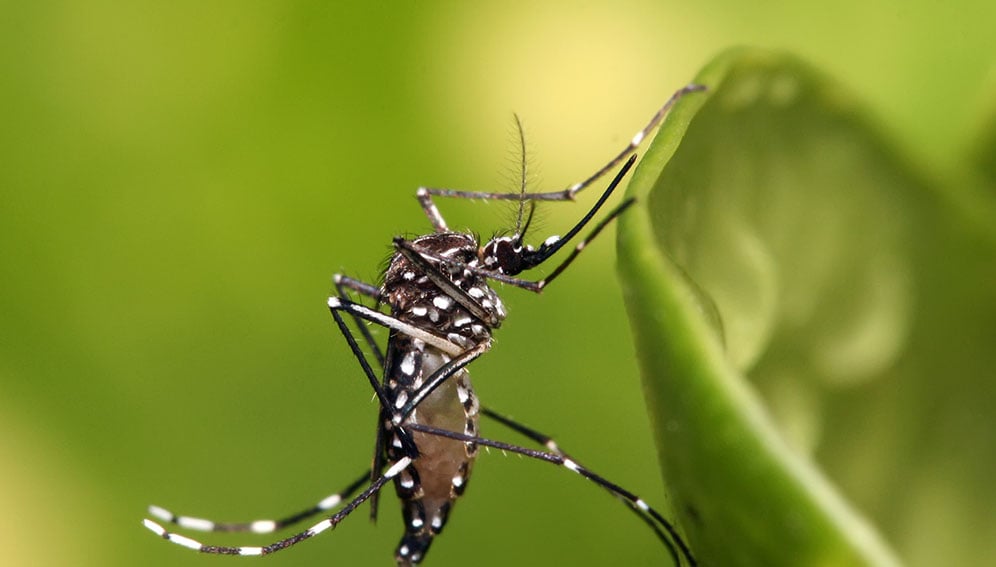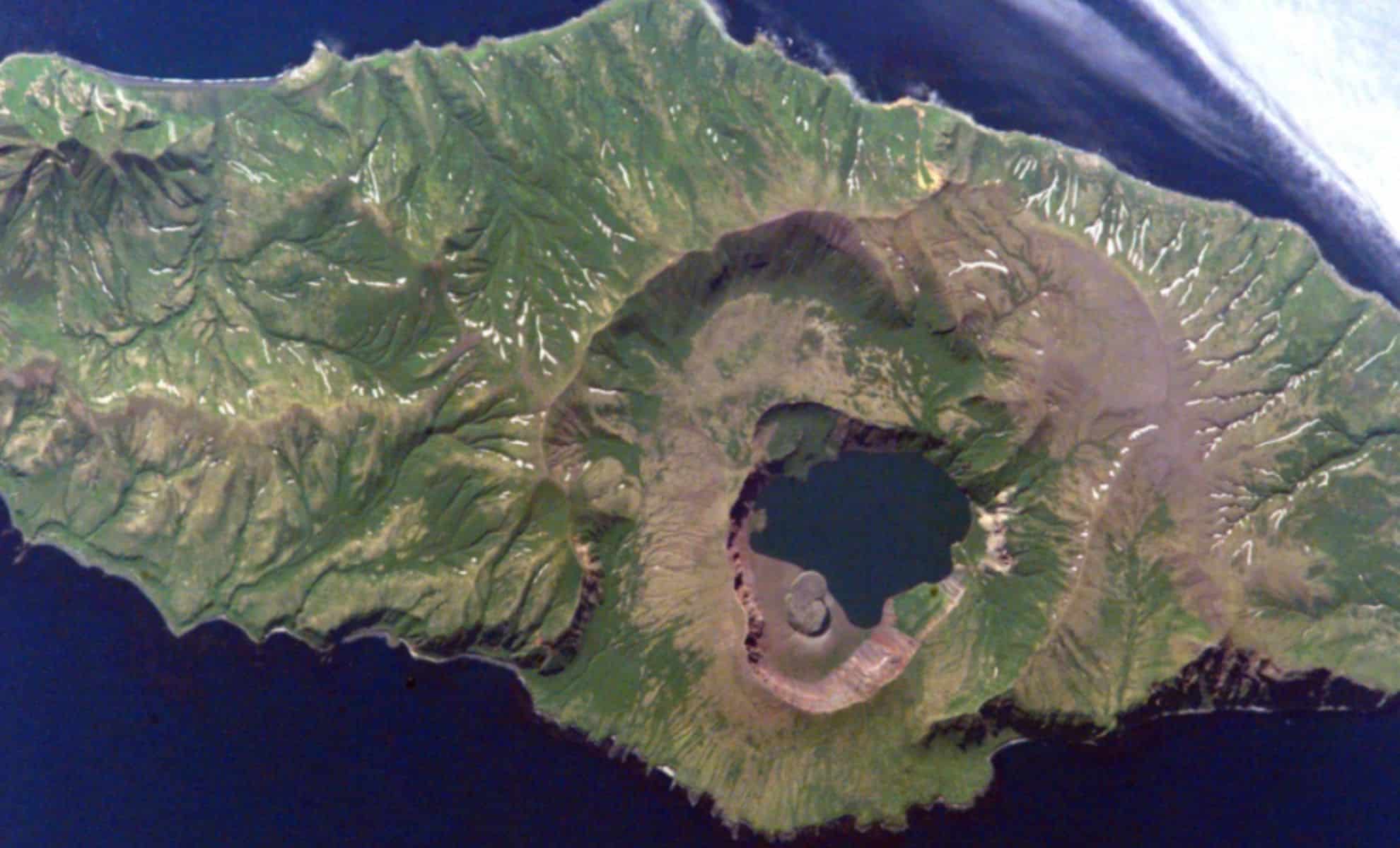Pantodonta was one of the first groups of eutherians to evolve at the beginning of Cenozoic era, including the largest herbivores at that time. Pantodonta shows considerable diversity during the Paleocene and Eocene, with most of the species having been discovered in Asia and North America. Here, we report on a new pantodont, represented by lower jaws with well-preserved dentition, discovered from the Middle Paleocene Nongshan Formation of the Nanxiong Basin, Guangdong Province, China. Its unique dental and mandibular characteristics distinguish it well from any known Asian pantodont, but are quite consistent with North American taxa, especially Pantolambda and Titanoides. The new specimen is identified as Nanxiongilambda yei gen. et sp. nov., characterized by the combination of the following morphological features: thick and robust mandible with a conspicuous anteroexternal flange, high positioned condyloid process, posteriorly protruding angular process, robust but not elongated lower canines, double-rooted p1, small but distinct talonids on posterior lower premolars, talonids nearly as wide as trigonids on lower molars, and m3 with a well-developed hypoconulid and a distinct entoconid. The new discovery marks the first record of a pantolambdid pantodont outside of North America, suggesting a broader geographical distribution and intercontinental dispersal of this clade during the Paleocene. Considering the more primitive Pantolambda only found from Torrejonian to early Tiffanian NALMA (equivalent to middle-late Shanghuan to early Nongshanian ALMA), which is slightly earlier than Nanxiongilambda (early Nongshanian ALMA), pantolambdids have likely undergone a particular wave of migration from North America to Asia during the Early-Middle Paleocene. Previous researches have suggested that pantodonts had dispersed only from Asia to North America during the Early Paleocene, but our new specimen indicates the biotic dispersal may have occurred in the opposite direction. The new specimen also contributes to the renewal of the evolutionary history of pantodonts and provides further insights into the migration and dispersal of Paleocene mammals.
 |
| Right lower jaw with cheek teeth of Nanxiongilambda yei gen. et sp. nov. (IVPP V33263, Holotype) from Nanxiong, Guangdong, China A. lateral view; B. medial view Abbreviations: agp. angular process; apf. anteroposterior flange; cdp. condyloid process; cop. coronoid process; maf. masseteric fossa; mdf. mandibular foramen; mf. mental foramina |
 |
| Lower jaws with teeth of Nanxiongilambda yei gen. et sp. nov. (IVPP V33263, Holotype) from Nanxiong, Guangdong, China A. left and right mandible in occlusal view; B. left mandible in lateral view; C. left mandible in medial view; D. right cheek teeth (p2-p4 and m2-m3) in occlusal view; E. left cheek teeth (p1-m1) in occlusal view Abbreviations: end. entoconid; hyd. hypoconid; hyld. hypoconulid; med. metaconid; pad. paraconid; prd. protoconid; tad. talonid |
 |
| Head reconstruction of Nanxiongilambda yei gen. et sp. nov. Nanxiongilambda from the Middle Paleocene Nongshan Formation of the Nanxiong Basin, Guangdong Province, China is a pantolambdid, belonging to the order Pantodonta, an extinct group of “archaic ungulates”. Members of Pantolambdidae were previously only known from the lower–middle Paleocene in North America. This finding extends the geographical distribution of Pantolambdidae. Nanxiongilambda yei represents the first known Asian Cenozoic mammal with reliable North American affinity prior to the Late Paleocene, which indicates a particular wave of migration from North America to Asia during the late Early-early Middle Paleocene. (Illustrated by Chen Yu). |










Leave a Comment